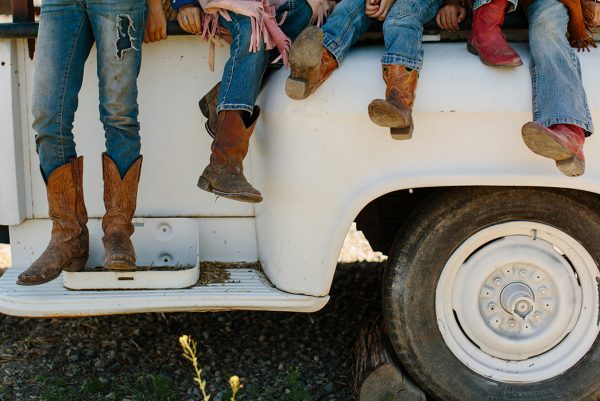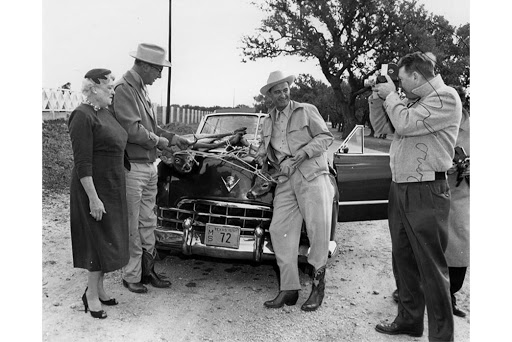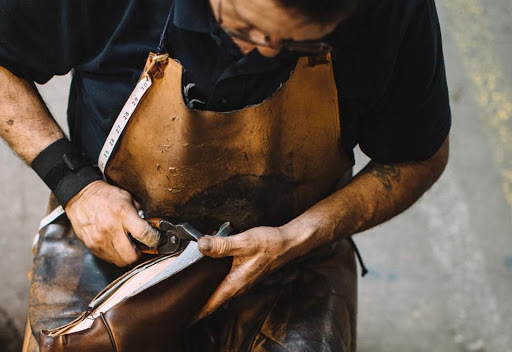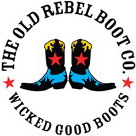
LUCCHESE: “NOTHING FITS LIKE LUCCHESE”
When Charlie Daniels sang, “Be proud to a rebel ’cause the South’s gonna do it again”, he could have been talking about the Lucchese brothers, who ended up “doing it” in a big way, taking the market for good cowboy boots by storm over a hundred ago. That storm shows no sign of slowing down.
In 1882, the Lucchese brothers arrived in Texas from Palermo, Italy. Sons of a respected Italian shoemaker, the boys applied their old-world cobbling skills to making hand-crafted boots for the U.S. Calvary School in San Antonio. The company was soon making boots for military officers stationed at nearby Fort Sam Houston.
As his business prospered, Sam Lucchese looked to invest in the local real estate. One decision boosted the performing arts when he purchased the Teatro Zaragoza, which, at the time, was considered the center of Spanish-language dramatic entertainment. Although he had no theater management experience, Lucchese soon fired the initial operations manager and took over responsibilities himself included hiring staff and actors, and traveling to Mexico to secure talent. His daughter, Josephine Lucchese, later became a nationally-known opera singer.

LBJ at his ranch in Stonewall, TX
Within decades, Lucchese’s client list expanded to include rock stars, movie stars, ranchers, cowboys and US presidents. At first, the celebrities who ordered Lucchese boots were of the local variety; visiting air force pilots and local barbecue entrepreneurs. But all that changed when Bing Crosby ordered a pair of boots in 1942 and Hollywood followed: Gary Cooper, Gregory Peck, John Wayne, Jimmy Stewart, Lorne Greene. Their flamboyant taste in boots helped to establish Lucchese as a luxury brand. In 1964, when President Lyndon Johnson mentioned the Luccheses in his closet, sales worldwide exploded. Johnson had been a long time fan of Lucchese. In 1963, Sam Lucchese wrote to then-Vice President Johnson, “Major Wright called today about your boots, and I was able to keep the entire Military Forces from invading the place by being able to tell him that your boots were ready to be shipped in the morning.”
But Lucchese was selling the steak, not just the sizzle. The Lucchese brothers continued to innovate, mastering new technologies and machinery, developing improved techniques aimed to escalate boot production, but holding onto certain old-world shoemaking methods at the same time.

Sam Lucchese, fascinated by how the human foot functions, developed a “last” (the mold that forms the shape of the boot) that successfully mimics the way the human foot works. This “twisted cone last,” is an important part of the way the Lucchese boot fits. It actually twisted as opposed to being flat, making it as perfect as you can get to the anatomy of your foot as possible.
Today, Lucchese’s hundreds of master craftsmen still make boots using Sam Lucchese’s techniques and philosophy. One boot may be touched by nearly 150 hands during an 18-day cycle as it passes from work station to work station, from sketching the boot to hand tooling and hammering in 45 lemonwood pegs to the soles. Inspecting the hides and hand tooling them can take days. At any given moment, you’ll find two or three million dollars of skins in the Lucchese leather room – cow, goat, ostrich, alligator, crocodile, stingray, Indonesian python, sea bass, and shark skin.
In addition to presidents, rock stars and ranchers, Lucchese’s client list also includes the Dallas Cowboy Cheerleaders, making their official uniform boots. The largest pair of boots they’ve ever made was a size 25 for Andre the Giant.
While nearly half of Lucchese’s yearly sales come from Texas alone, almost all of them men, Lucchese’s market stretches far beyond Texas as the cult of the American rebel cowboy spirit spreads worldwide. With a price tag of $500 to $13,000 per pair, they’re ungodly expensive, and worth every penny.

